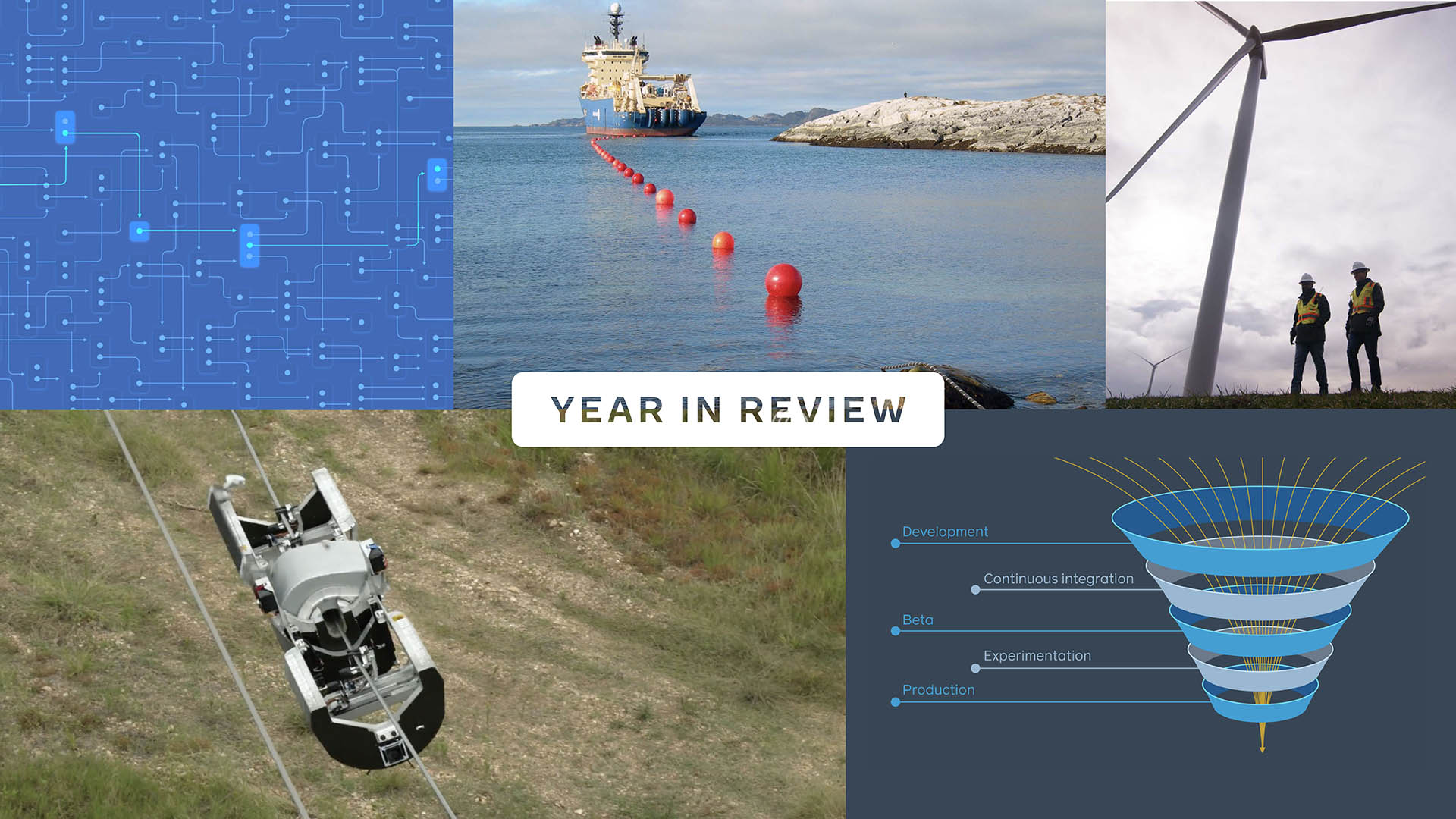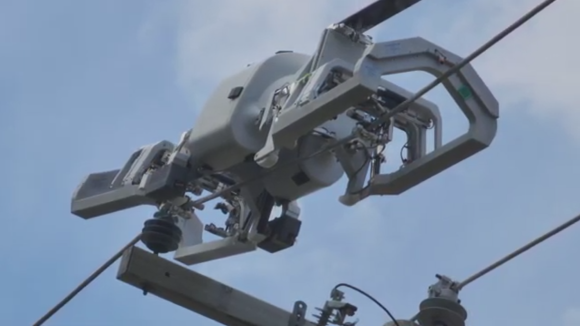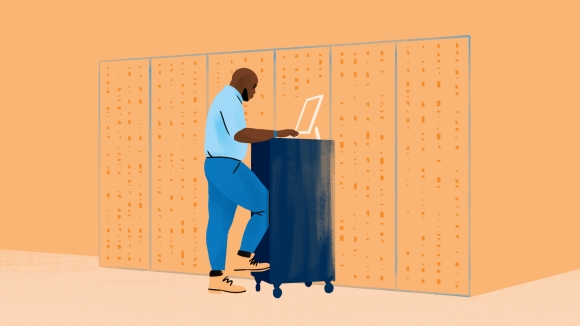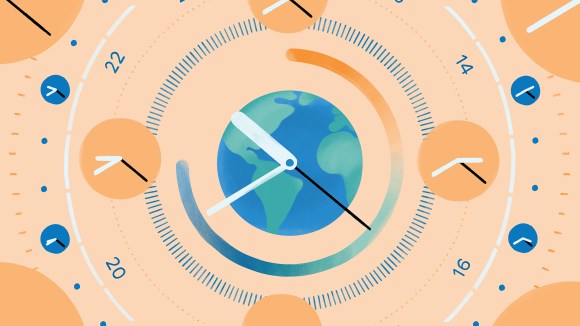It goes without saying that 2020 has been a challenging year, to put it lightly. But if anything, the COVID-19 pandemic has shined a light on our need to connect as people. For Facebook, that meant our work has become more important than ever. Whether it was finding new and innovative ways to expand internet connectivity, releasing new tools for engineers and developers, or lowering our greenhouse gas emissions and staying on track toward achieving 100 percent renewable power, we’re pleased to have made great progress on essential work at such a difficult time.
Here’s a look back at some of our biggest stories from 2020.
Reliability | Connectivity | Sustainability | Open Source
Reliability
We made Messenger faster, smaller, and simpler
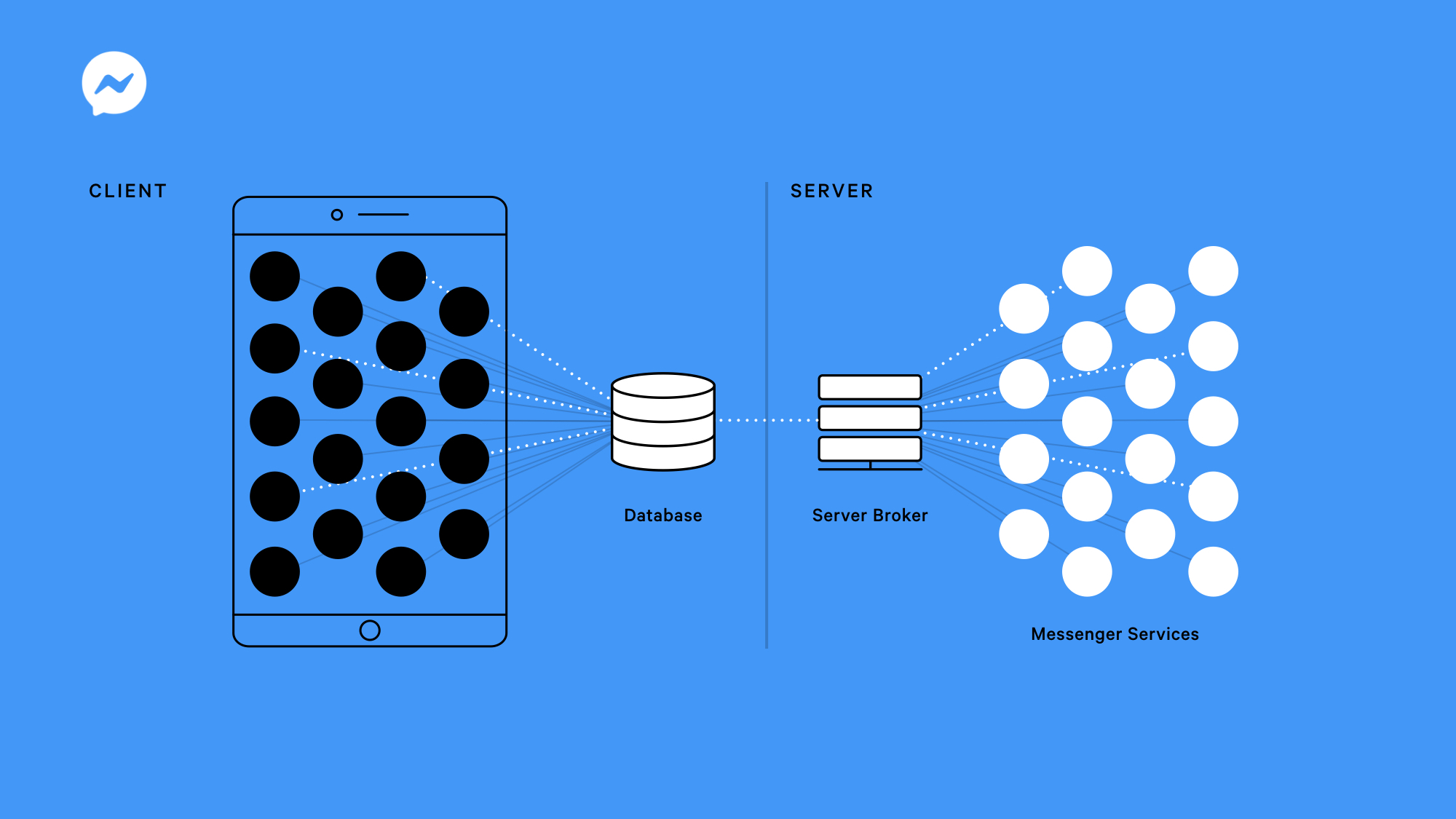
In 2020, we rolled out a faster, better version of Messenger for iOS. Engineers from across Facebook came together and rebuilt Messenger from the ground up, rewriting its entire codebase. Project LightSpeed, as it was called internally, involved reconfiguring Messenger to use the native OS wherever possible, reusing the UI with dynamic templates powered by SQLite, using SQLite as a universal system, and building a server broker to operate as a universal gateway between Messenger and its server features.
The new Messenger for iOS is one-fourth the size of the previous version and runs twice as fast, with 84 percent fewer lines of code.
We rebuilt the Facebook web app from the ground up
A complete rewrite of a web app like Facebook is extremely rare. But sometimes you have to take a step back to make a big leap forward. When Facebook first launched in 2004, it was a simple, server-rendered PHP site. But we knew the only way to achieve our new goals and sustain our growth for the future was to redesign the architecture of Facebook.com. We accomplished this using React (a declarative JavaScript library for building user interfaces) and Relay (a GraphQL client for React).
We’re bringing QUIC to billions of people
We are replacing TCP, the de facto protocol the internet has used for decades, with QUIC, a new protocol that represents the latest and greatest in internet-focused protocols, incorporating decades of best practices and lessons.
Today, more than 75 percent of Facebook’s internet traffic uses QUIC and HTTP/3 (we refer to QUIC and HTTP/3 together as QUIC), and the new protocol has shown significant improvements in several metrics, including request errors, tail latency, response header size, and several others that meaningfully affect the experience of people using our apps.
Automation and machine learning keep our infrastructure hardware up and running
We’ve introduced four important methodologies that help us manage server hardware failures at our scale with as little disruption to our services as possible. This includes systems that can detect and remediate issues and monitor and remediate hardware events without adversely affecting application performance. We’ve also used machine learning to take a proactive approach toward hardware repairs. And we’ve automated our root cause analysis for hardware and system failures at scale.
New tools make our engineers’ jobs easier
We continue to build tools and systems that help our engineers optimize our apps and develop new features. Two of our latest are Health Compass and Incident Tracker, automated regression detection tools that prevent codebase changes that could impede an app’s performance. Our codebase changes frequently throughout the day, and if not handled properly, each of these changes could negatively affect our apps’ performance for billions of people around the world.
We’re optimizing our hardware for microservices
As our product portfolio grows, along with the number of people using those products, so do the variety and complexity of microservices (smaller services that make up a larger one) in our data centers. To handle this, we’ve been rolling out new tools to improve the performance of the hardware that runs our microservices.
SoftSKU, for example, is a novel method for tuning existing server processors to optimize them for specific microservices without requiring any additional hardware. Coupled with Accelerometer, an analytical model that allows us to predict how much an optimization will speed up a microservice, SoftSKU helps our engineers optimize our hardware platforms.
Connectivity
We’re using robots to install fiber-optic internet cables
Fiber optics is one of our best allies when it comes to meeting global demand for high-capacity, low-cost networks. But it needs to be brought from the backbone closer to the end user. Facebook Connectivity, in collaboration with several partners, has spent the last few years developing an aerial fiber deployment solution that uses an autonomous robot to safely deploy a specialized fiber-optic cable on medium-voltage power lines.
The robot was designed by ULC Robotics and features a vision system that allows it to identify and clear obstacles while maintaining the safe distance required to prevent an electrical hazard. Each robot can install over a kilometer of fiber in approximately an hour and a half. We have been conservatively estimating an overall build speed of 1.5 km to 2 km per robot, per day, on average.
2Africa expands internet connectivity throughout Africa
 Facebook partnered with leading African and global operators to build 2Africa, the most comprehensive subsea cable to serve the African continent and Middle East region. It’s one of the largest subsea cable projects in the world and will interconnect 23 countries in Africa, the Middle East, and Europe.
Facebook partnered with leading African and global operators to build 2Africa, the most comprehensive subsea cable to serve the African continent and Middle East region. It’s one of the largest subsea cable projects in the world and will interconnect 23 countries in Africa, the Middle East, and Europe.
Submarine fiber optic cables, or subsea cables, are not well known, but they play a very important role in expanding connectivity around the world. Africa is currently the least connected continent, with just over a quarter of its 1.3 billion people connected to the internet. At 37,000 km long, 2Africa will be nearly equal to the circumference of the Earth. It will provide nearly three times the total network capacity of all the subsea cables serving Africa today. When completed, this new route will deliver much-needed internet capacity, redundancy, and reliability across Africa; supplement a rapidly increasing demand for capacity in the Middle East; and support further growth of 4G, 5G, and broadband access for hundreds of millions of people.
RTI International, an independent nonprofit research institute, has released an economic impact report that estimates that 2Africa will likely increase the GDP of the African continent by 0.42 percent to 0.58 percent within the first two to three years of its going live in 2023–24.
We developed a cell tower solution to bring connectivity to rural communities
As part of our efforts to help expand connectivity around the world, Facebook Connectivity is prototyping SuperCell, a new wide-area coverage solution. SuperCell leverages towers up to 250 meters high and high-gain, narrow-sectored antennas to increase mobile connectivity in rural communities in a way that is sustainable and cost-effective. After working with telecom industry partners to conduct several trials and data analyses, we hope the test results will encourage the telecom industry to bring the technology to market.
Evenstar and other novel solutions are making broadband more affordable for everyone
As the COVID-19 pandemic has made us more dependent than ever on internet access for work, school, and staying connected, it’s also driven home the importance of creating an infrastructure that can support the internet’s rapid growth. As part of the Telecom Infra Project’s OpenRAN Project Group, Facebook launched the Evenstar program, which will focus on building general-purpose radio access network (RAN) reference designs for 4G/5G networks in the Open RAN ecosystem that are aligned with 3GPP and O-RAN specifications.
We launched Evenstar remote radio units (RRU) together with partners including AceAxis, Deutsche Telekom, Mavenir, MTI, Parallel Wireless, and Vodafone. The RRU hardware, distributed unit, and control unit software are traditionally sold as a package. By decoupling them, we’re giving mobile network operators the ability to select best-of-breed components and the flexibility to deploy solutions from an increasing number of technology providers.
The first Evenstar RRU product has already completed lab testing and is ready for field testing.
Evenstar is only the latest in our continued efforts to bring lower-cost broadband access to more people by leveraging new technologies, business models, and programs. Companies in Puerto Rico and Malaysia have already launched pilot programs for Terragraph, a gigabit wireless technology that delivers fiberlike speeds.
At Mobile World Congress 2019, we open-sourced Magma, a software platform that enables network operators to have an open, flexible, and extensible mobile core network. Since that announcement, Magma has quickly become the packet core of choice for operators and system integrators around the globe.
Sustainability
We’re committed to achieving net zero emissions
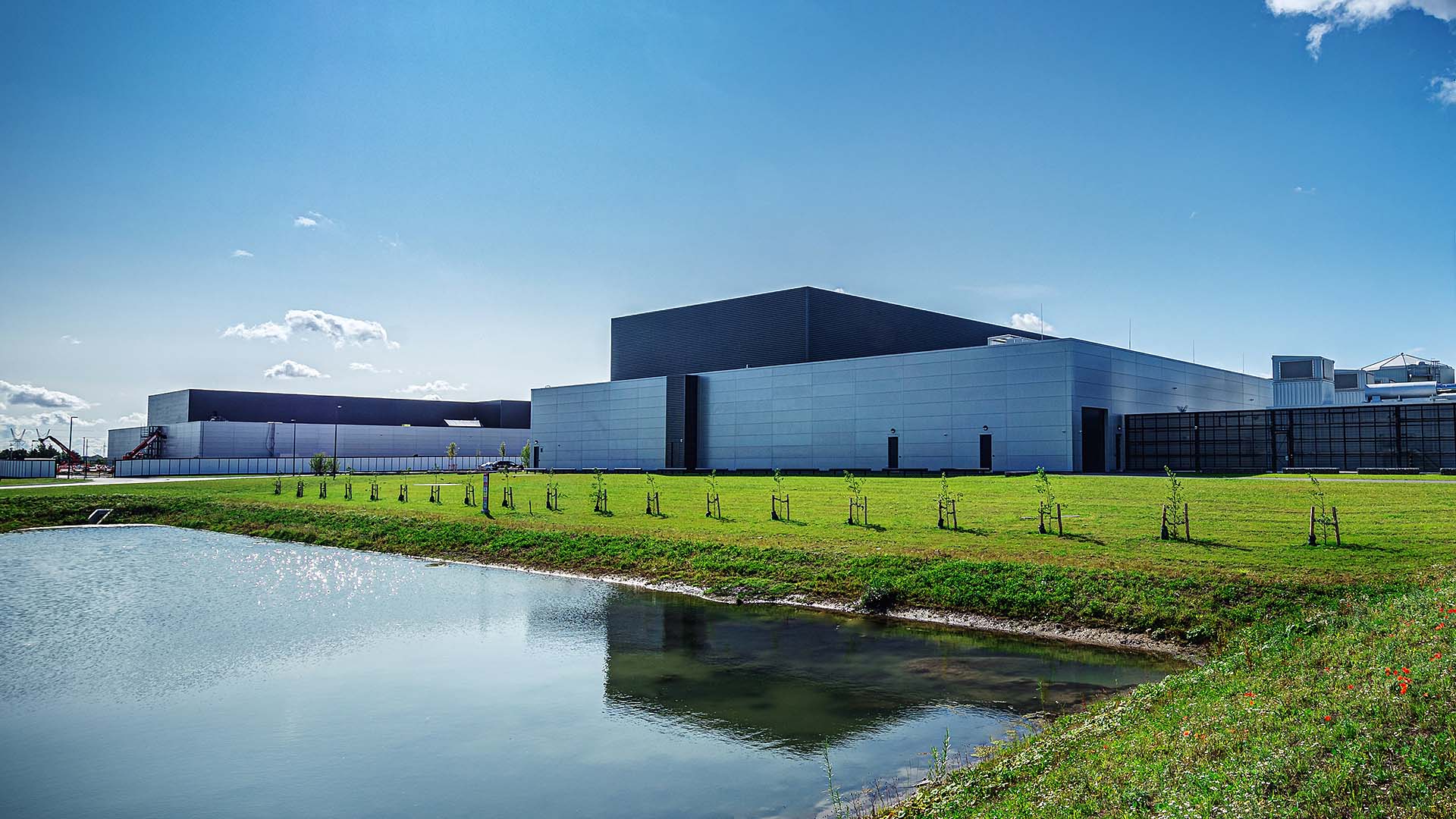
Two years ago, we announced our commitment to reduce our greenhouse gas emissions by 75 percent and support our global operations with 100 percent renewable energy by the end of 2020. Accomplishing this meant constructing over 5,400 megawatts of new solar and wind power capacity around the world (enough to power 1.5 million U.S. households). Doing this has also reduced our carbon dioxide equivalent emissions by more than 2.6 million metric tons over the last three years.
This year, we announced an even more aggressive goal: to reduce the carbon emissions that come from our supply chain and to achieve net zero emissions for our value chain in 2030. A big part of this will be reexamining our construction materials and how server and consumer hardware are manufactured.
We’re delivering on our sustainability goals
Facebook followed through on its commitment to sustainable and transparent business practices by publishing our inaugural Sustainability Report in July. While we’ve already shared much of our environmental data publicly, our goal with this report was to make our progress even more accessible and to provide clear information on the work we’re doing to reach our sustainability goals. The report offered a closer look at the sustainability progress we made in 2019, as well as our ongoing commitment to address climate change.
We’re helping organizations track the conversation around climate change
Earlier this year, we partnered with various global organizations to develop our Climate Conversation Map, which combines data science research, computing power, and aggregated, anonymized platform data to help businesses and organizations take action to fight climate change. The map provides data and insights into how conversations around climate change ebb and flow throughout the world and over time. These maps give organizations a way to visualize how people in various regions are engaging with climate-related news on Facebook.
Open Source
Python gets a security upgrade
We built and launched Pysa, an open source static analysis tool to detect and prevent security and privacy issues in Python code. Pysa has helped us scale our application security efforts for Python, most notably the codebase that powers Instagram’s servers.
We’ve open-sourced our Network Time Protocol (NTP) libraries

The size of our infrastructure means timing is always important. We need to know the accurate time difference between any two servers in our data centers so that the order of transactions doesn’t get mixed up. And all this must be done with submillisecond precision. We’ve been testing a new system, chrony, with this goal in mind. Implementing chrony has improved accuracy from 10 milliseconds to 100 microseconds, and it now forms the foundation of our public Network Time Protocol NTP service.
Retrie makes Haskell refactoring easy
Retrie is an open source code refactoring tool for Haskell that makes codemodding faster, easier, and safer. Using Retrie, developers can efficiently rewrite large codebases (exceeding 1 million lines), express rewrites as equations in Haskell syntax instead of regular expressions, and avoid large classes of codemodding errors. Retrie’s features include the ability to rewrite expressions, types, and patterns; the ability to script rewrites and add side conditions; and a library for scripting more advanced rewrites.
